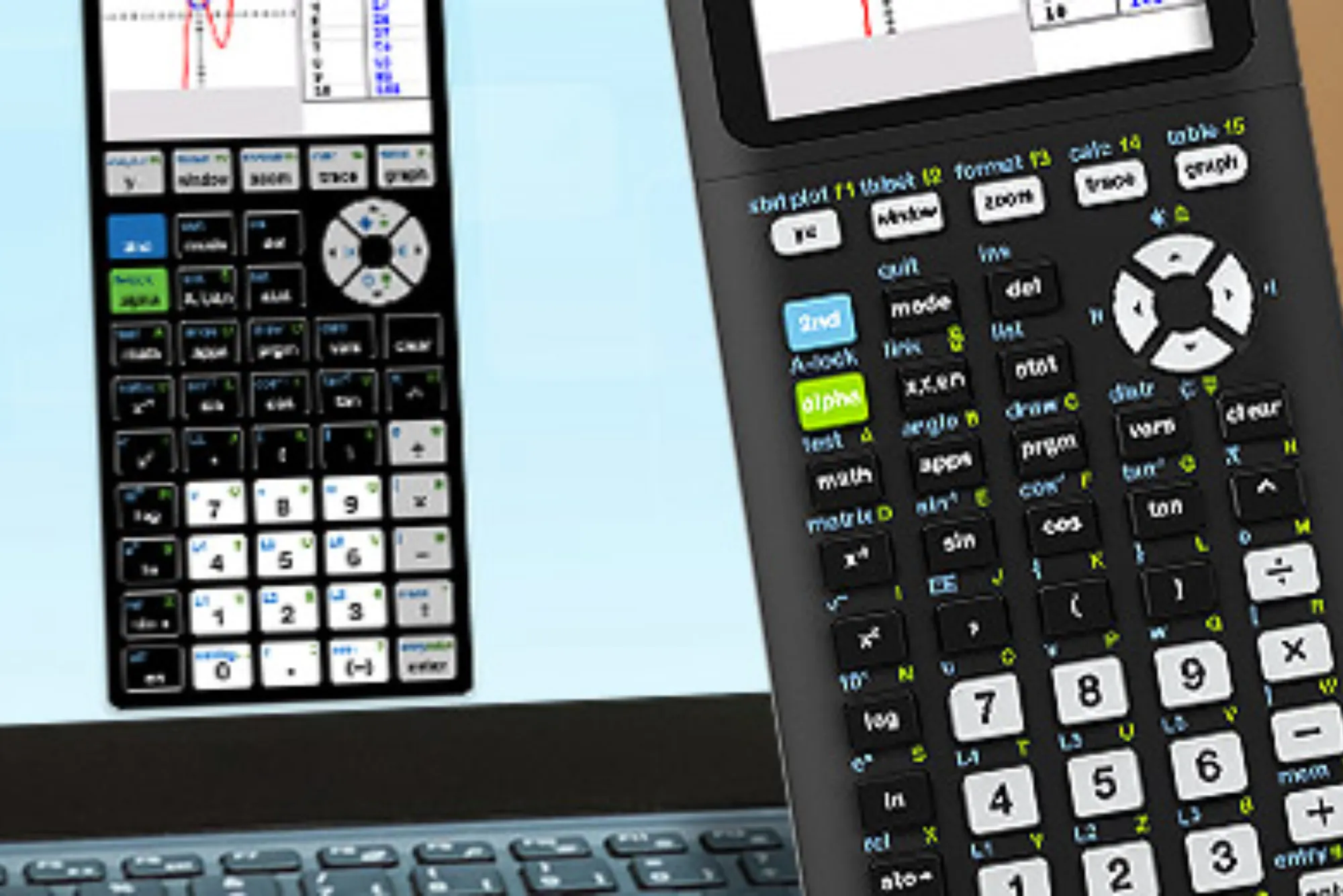Greenhouse farming is expanding rapidly across regions like Punjab, Sindh, and Khyber Pakhtunkhwa, and growers increasingly rely on accurate temperature monitoring to avoid crop loss. Even a 2–3°C shift can impact fruit setting, humidity levels, and pest activity. This guide shares expert-backed insights and practical techniques to make temperature checks more reliable, especially for beginners and small-scale growers. You’ll also learn how digital tools and modern calculators simplify climate management for greenhouse owners across Pakistan.
Understanding Why Accurate Temperature Checks Matter
Quick Answer: Precise temperature control improves plant growth, prevents diseases, and optimizes yield.
Temperature inaccuracies often lead to stunted growth, flower drop, fungus outbreaks, and reduced productivity. For example, tomatoes perform best between 18–24°C, while cucumbers thrive around 22–28°C. If your readings are off by just a few degrees during peak afternoon heat, productivity can decline by up to 15%. According to FAO reports, controlled-environment farming increases consistency and reduces weather risks for growers in regions with unpredictable climates like South Punjab and interior Sindh. Accurate monitoring is the foundation of climate-smart agriculture.
Best Tools for Quick Greenhouse Temperature Checks
Quick Answer: Digital sensors, infrared thermometers, and climate stations offer fast, reliable readings.
Modern greenhouse owners rely on:
-
Digital thermometers for real-time tracking
-
Infrared guns for leaf surface temperature
-
Wi-Fi climate sensors for automated data logging
-
Thermo-hygrometers to monitor temperature and humidity together
For example, farmers in Faisalabad’s greenhouse clusters use automated sensors connected to mobile dashboards, reducing manual checking. Choose tools that provide at least ±0.5°C accuracy, weather resistance, and mobile app integration.
Where to Position Sensors for Best Accuracy
Quick Answer: Place sensors at plant height, away from direct sunlight and vents.
Sensor placement matters more than most growers realize. Keep sensors:
-
At average plant canopy height
-
In shaded locations
-
Away from heating pipes, vents, or cooling pads
-
Inside protective radiation shields
Incorrect placement can cause readings to be 3–5°C higher than the actual microclimate. Many extension experts from Punjab Agriculture Department recommend using two sensors—one near the central aisle and one at the edge—for more consistent data.
How Often Should You Check Greenhouse Temperatures?
Quick Answer: Check at least 3–4 times daily or use automated logging.
Temperature fluctuations peak during early afternoon and before sunset. Manual checking should occur:
-
Early morning
-
Midday
-
Late afternoon
-
Evening (optional for night-sensitive crops)
However, automated tools make the process easier. Growers in Karachi’s coastal belt often track temperature hourly because humidity spikes influence fungal diseases. Frequent monitoring ensures you respond quickly to climate shifts.
Using Technology for More Accurate Readings
Quick Answer: Smart systems improve data accuracy and prediction.
AI-based climate apps, IoT sensors, and predictive models help determine heat buildup and cooling needs. Many youth-led agri-tech hubs in Pakistan—supported by initiatives such as Kamyab Jawan Program and provincial incubation centers—promote smart farming adoption for small growers. These tools analyze temperature, humidity, airflow, and even leaf transpiration rate to generate recommendations. Farmers in Peshawar and Quetta increasingly use mobile-based climate analytics due to their unique regional temperature patterns.
Midpoint Section — Smart Calculations for Greenhouse Temperature (Backlink Inclusion)
Quick Answer: A digital calculator helps you fine-tune greenhouse size and temperature settings.
If you want quick, accurate climate checks, using a greenhouse area and temperature calculator can simplify the process and reduce errors. This digital tool helps growers determine ideal temperature ranges, heating needs, and ventilation adjustments based on greenhouse dimensions, crop type, and season. You can try this tool here: greenhouse area and temperature calculator (https://needscalculator.com/agriculture-greenhouse).
For more general everyday tools supporting farmers and students across the region, you can also visit Needs Calculator for daily tools (https://needscalculator.com/) for reliable utilities.
As part of Pakistan’s fast-growing digital ecosystem, platforms emerging from Pakistan’s top tech innovation hub (https://dhanoteitpark.pk/) are empowering young agricultural innovators with smarter solutions.
Common Temperature Problems and How to Fix Them
Quick Answer: Most issues come from poor ventilation, heat leaks, or inconsistent readings.
Common problems include:
-
Overheating due to blocked airflow
-
Cold spots near damaged coverings
-
Condensation causing fungal risks
-
Humidity spikes after irrigation
-
Uncalibrated sensors giving false readings
Fixes may involve replacing torn plastic sheets, adding shade nets, improving fan-pad systems, and recalibrating sensors monthly. In Balochistan’s high-altitude areas, growers add thermal mass (water barrels) to retain nighttime warmth.
LSI Keyword Section – Greenhouse Climate Control Basics
Quick Answer: Climate control blends temperature, humidity, and airflow management.
Climate control should combine:
-
Temperature regulation
-
Humidity stabilization
-
Proper ventilation
-
Light balancing
-
Pest prevention through airflow
Using a climate-first mindset helps growers achieve uniform growth. Dutch researchers note that consistent airflow reduces disease incidents by up to 30%. Pakistani growers adopting even partial automation have reported more stable yield cycles in strawberries and peppers.
LSI Keyword Section – Greenhouse Heat Management Tips
Quick Answer: Shade nets, ventilation, and evaporative cooling work best.
For hot regions like Multan or Sukkur:
-
Install 50%–70% shade nets in peak months
-
Use fan-and-pad systems for evaporative cooling
-
Maintain cross-ventilation
-
Avoid watering during midday heat
-
Add reflective ground covers to reduce heat buildup
These methods help maintain crop safety during heat waves, which have become more common according to Pakistan Meteorological Department.
LSI Keyword Section – Temperature Measuring Mistakes to Avoid
Quick Answer: Avoid direct sun exposure, uncalibrated devices, and poor timing.
Many beginners make mistakes such as placing sensors too high, taking readings at random intervals, or ignoring humidity’s influence. Prevent errors by:
-
Calibrating tools monthly
-
Using radiation shields
-
Following a fixed schedule
-
Taking average readings
-
Logging data for pattern detection
These habits give more reliable climate insights.
(FAQs)
1. How often should I calibrate my greenhouse thermometer?
Every 3–4 weeks is recommended to maintain accuracy.
2. What is the ideal temperature range for most greenhouse vegetables?
Generally 18–26°C, depending on crop type.
3. Why does temperature vary across different parts of the same greenhouse?
Airflow, shading, and sensor placement cause microclimate differences.
4. Can I check greenhouse temperature using a phone app?
Yes, if your sensors support Wi-Fi or Bluetooth connectivity.
5. What causes sudden temperature spikes?
Direct sunlight, poor ventilation, and equipment malfunction.
6. Are digital sensors better than manual thermometers?
Yes, they offer faster, more consistent, and automated data.
7. Should I check humidity along with temperature?
Absolutely. Both factors impact plant health and disease prevention.
Final Thought
As someone who has worked closely with growers across regions like Multan, Hyderabad, and Swat, I’ve seen firsthand how temperature accuracy transforms greenhouse productivity. The combination of smart tools, practical monitoring habits, and modern digital calculators has empowered small farmers to reduce risks and improve output. With Pakistan embracing tech-driven agriculture, adopting better temperature-checking methods is no longer optional—it’s a competitive Advantage. When local growers use reliable data, they not only protect their crops but contribute to a stronger, tech-enabled agricultural future.




